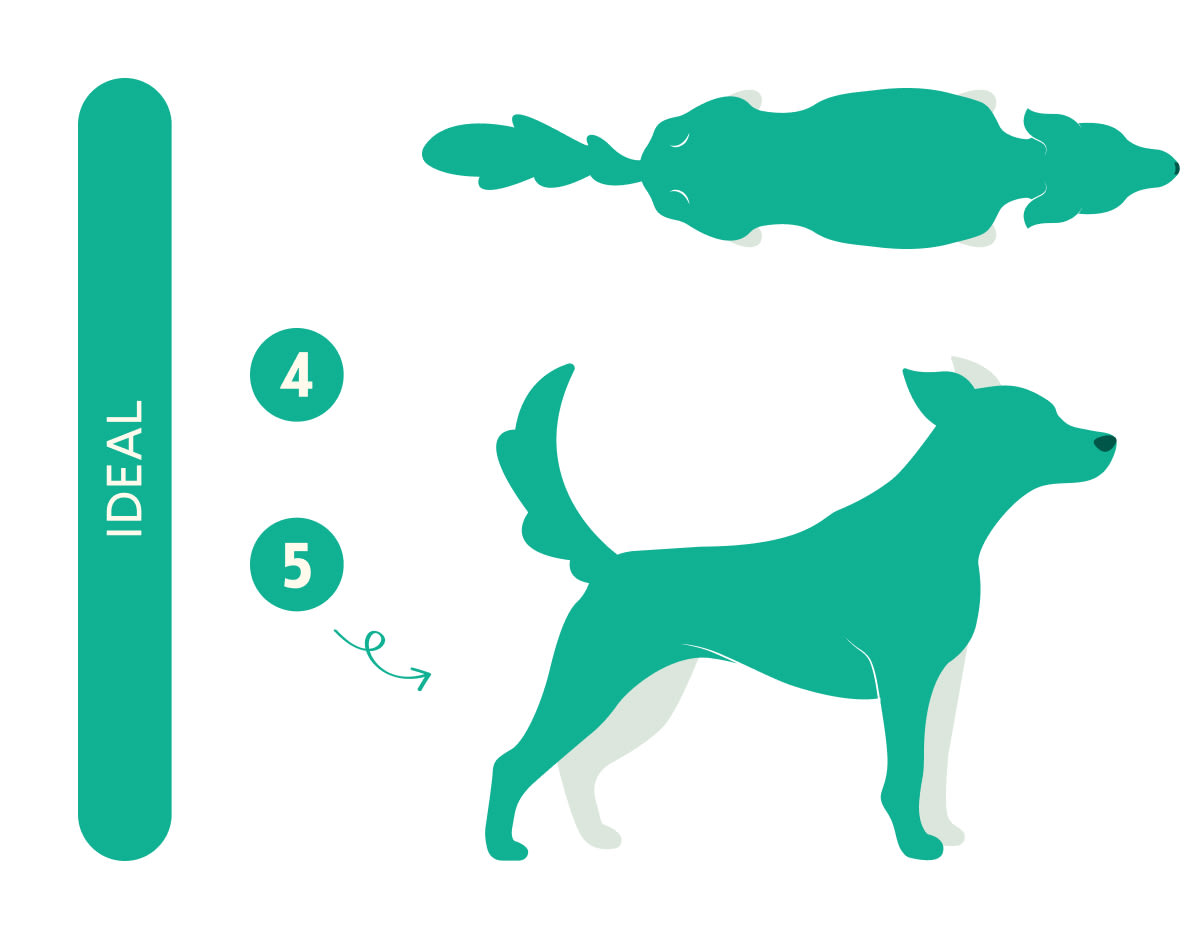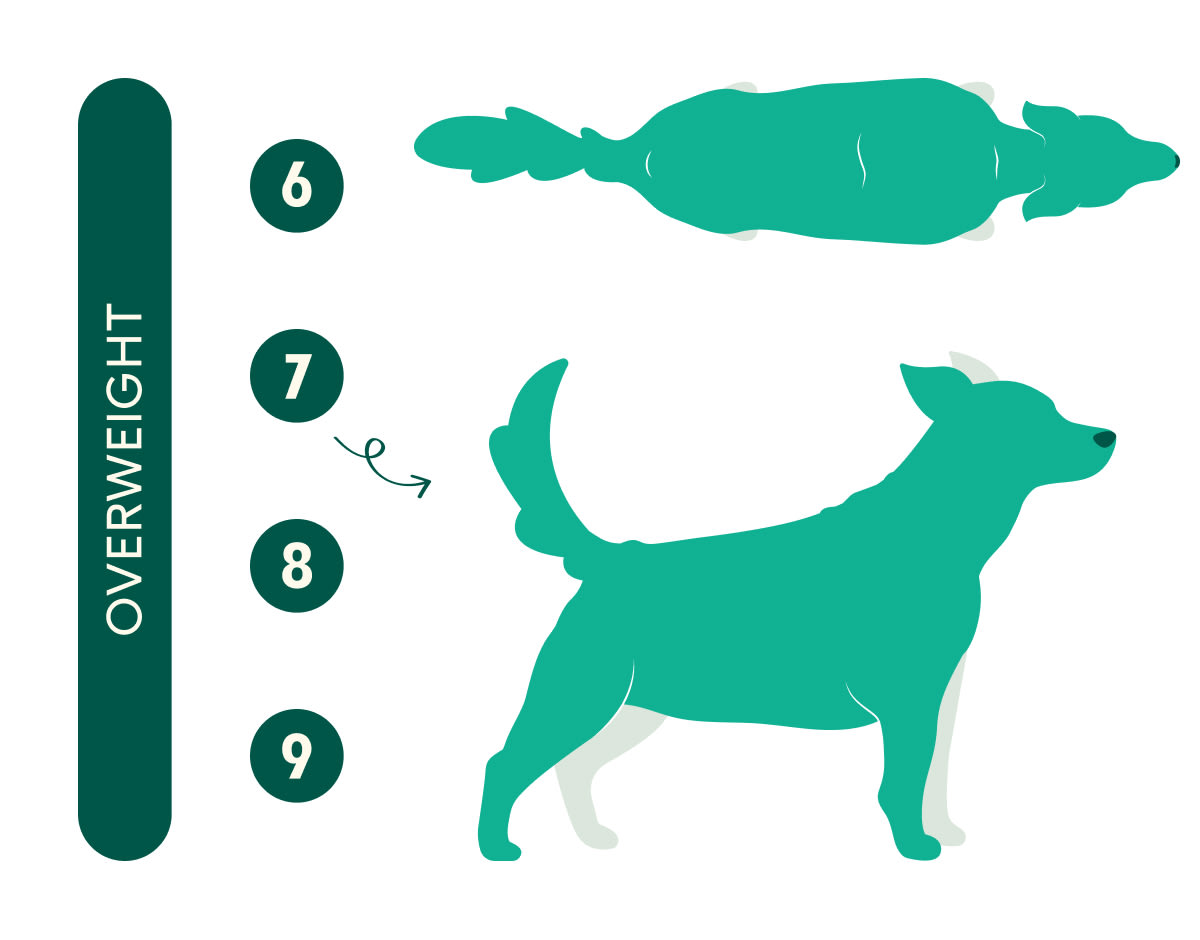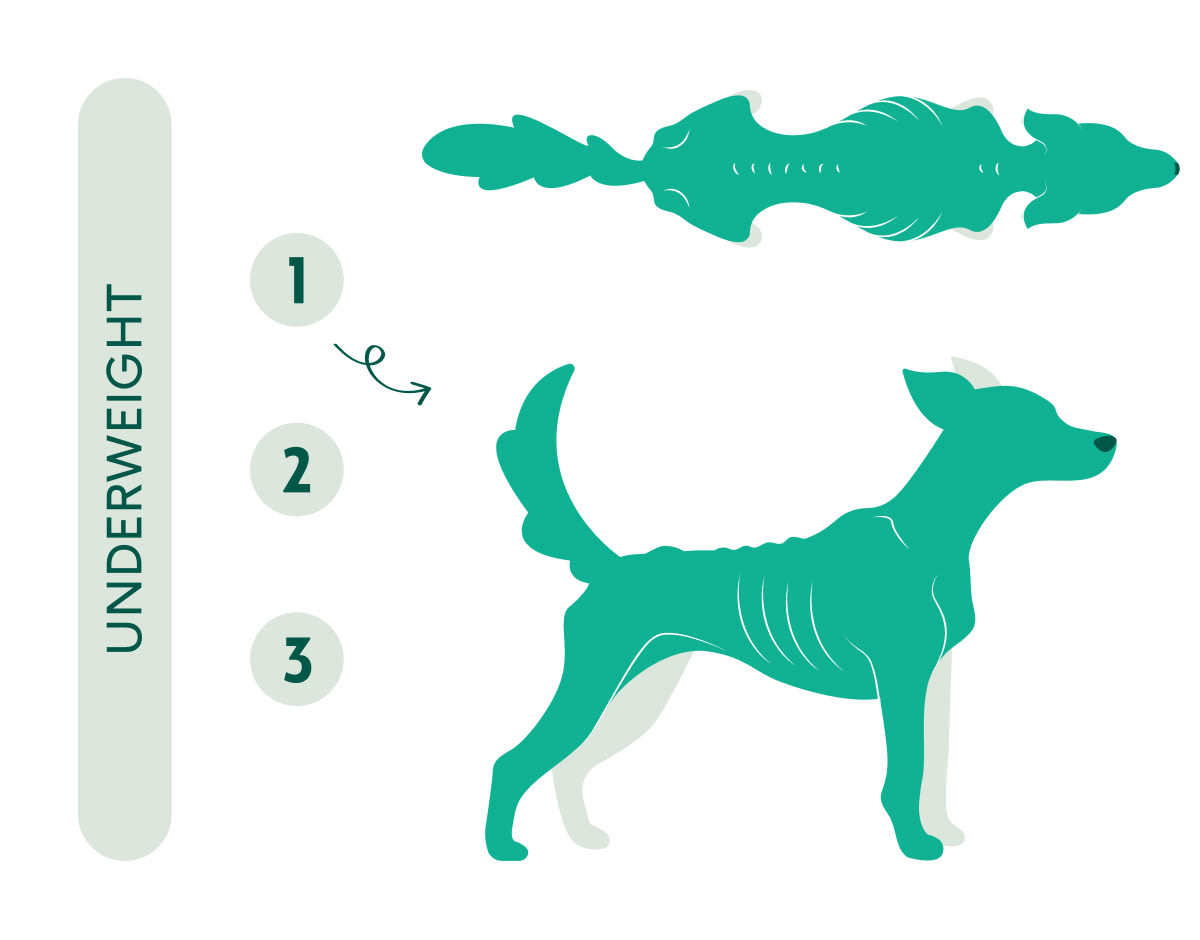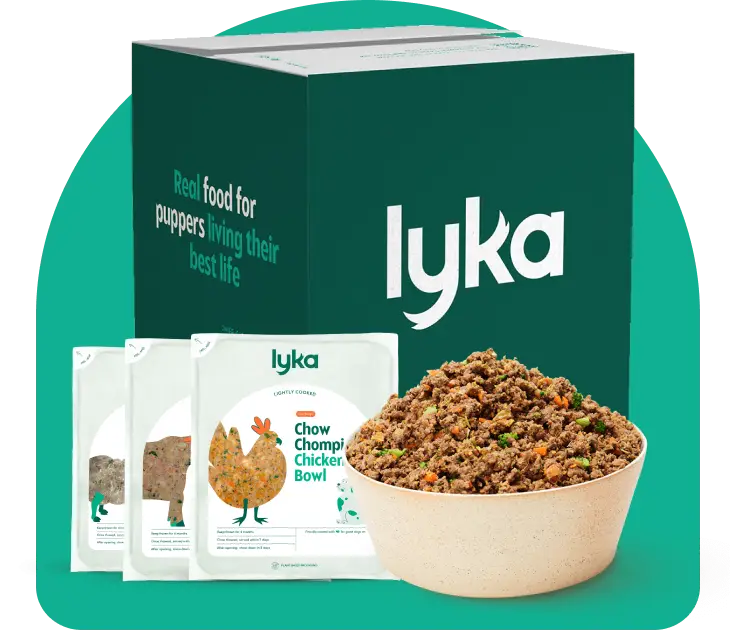Achieving a healthy weight for your dog is a significant milestone, but keeping them there? That’s where the real work begins.
In Australia, weight-related issues are increasingly affecting dogs and their parents. Together, let's explore a holistic approach that combines quality, nutritious dog food, expert advice, and practical strategies to help your dog maintain a healthy weight.
With the right tools and knowledge, you can ensure your dog thrives, now and for years to come.
How to tell if your dog is a healthy weight
The maintenance of a healthy weight is key to your dog's overall health: from keeping joints strong and flexible, to ensuring functional organs and a robust immune system. So what does a healthy dog weight look like?
This varies depending on your dog's breed, age, and activity level. Ask your veterinarian to confirm your dog's optimal weight range, and check your dog's weight at home using the following resources. Check your dog's weight and compare it to our vet-endorsed body condition score guide, or follow our instructional video with Dr Darcy Marshall (BSc, DVM).
The ideal body condition score is between 4-5. You should be able to feel their ribs under a small layer of fat. When you look at your dog from the side, there should be a clear abdominal tuck, and you should see a slight definition in their waistline when viewed from above.

The health risks of excess weight
It’s not too late to make a change — you can still give your dog the joy of mealtimes, with nourishing ingredients that keep them fuller for longer. This study1 found that lean body mass was associated with longer lifespan, with the oldest dog – a male Labrador – surpassing average lifespan for the breed by 5.9 years!
Now, here’s the reality for 40% of Australian dogs2 they’re classified as overweight or obese. If you’ve noticed your dog could do with losing a few extra kilograms, this Australian Veterinary Association statistic reminds you that you’re not alone. Excess weight is a common issue, but it’s worth nipping in the bud.
Dogs with extra padding might make dogs seem like cute, sausage-stealing furballs, but excessive weight gain can trigger chronic inflammation, affecting quality of life3 and leading to health concerns like:
Joint problems7 like osteoarthritis
Fat is a corrosive presence in the body, releasing inflammatory hormones that create oxidative stress: causing chronic, low-grade inflammation. If you’re concerned about your dog’s weight, visit your veterinarian — they can work with you to address the root cause. Obesity in dogs is a preventable disease, and there’s plenty you can do to boost your dog’s comfort level and time by your side.

Some breeds of dogs are predisposed to obesity, including Cavaliers, Beagles, Dachshunds, Basset Hounds and Cocker Spaniels. Research has also identified a gene in Labradors that affects their ability to feel full and satisfied, making them prone to weight gain too.
🐶 Read more: Help your overweight or obese dog: actionable expert tips →
The health risks of being underweight
Underweight dogs are often malnourished, leading to further health concerns, including:
Nutritional deficiencies
Reduced immune function
Impaired growth and development
Reproductive difficulties
Underweight dogs have visible ribs, spine and hip bones: with little muscle mass and no identifiable fat deposits.

Some breeds have naturally lean body shapes that make them appear underweight, such as sight hounds like Whippets and Greyhounds. Border Collies and Basenjis have faster metabolisms than other dogs, which can make them prone to being underweight. These breeds may require regular weight checks to keep within the healthy range.
🐶 Read more: Why is my dog losing weight? Lyka's experts answer →
The holistic way to keep your dog at a healthy weight
Choosing Lyka means giving your dog the best chance at a healthy weight and a vibrant life, no matter their age.
Our food, made with fresh, real ingredients, are formulated to meet your dog’s unique needs, ensuring they receive the nutrients and energy they need to thrive. When you choose Lyka, you're making a decision that supports your dog’s wellbeing: one custom-portioned meal at a time.
Ready to see the difference in your dog’s health? Start your Lyka journey today.
)
1 https://www.ncbi.nlm.nih.gov/pmc/articles/PMC5890640/
2 https://pfiaa.com.au/incidence-risk-factors-and-managing-obesity-in-dogs-and-cats/
3 https://www.ncbi.nlm.nih.gov/pmc/articles/PMC9573962/#B15
4 https://www.ncbi.nlm.nih.gov/pmc/articles/PMC9573962/#B20
5 https://www.ncbi.nlm.nih.gov/pmc/articles/PMC9573962/
6 https://www.ncbi.nlm.nih.gov/pmc/articles/PMC9573962/#B18
7 https://www.ncbi.nlm.nih.gov/pmc/articles/PMC9573962/#B16
)
)
)
)
)

)
)
)
)
)
